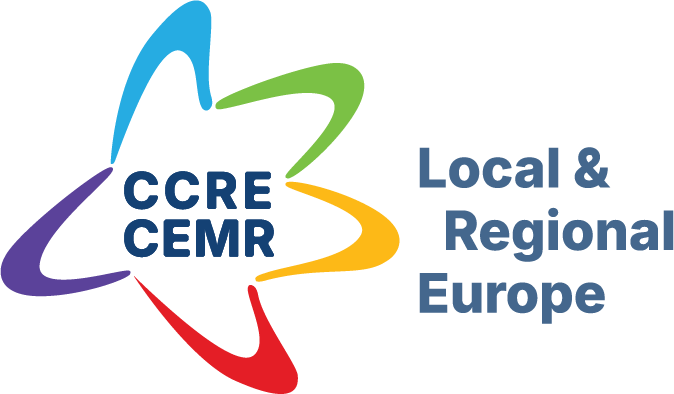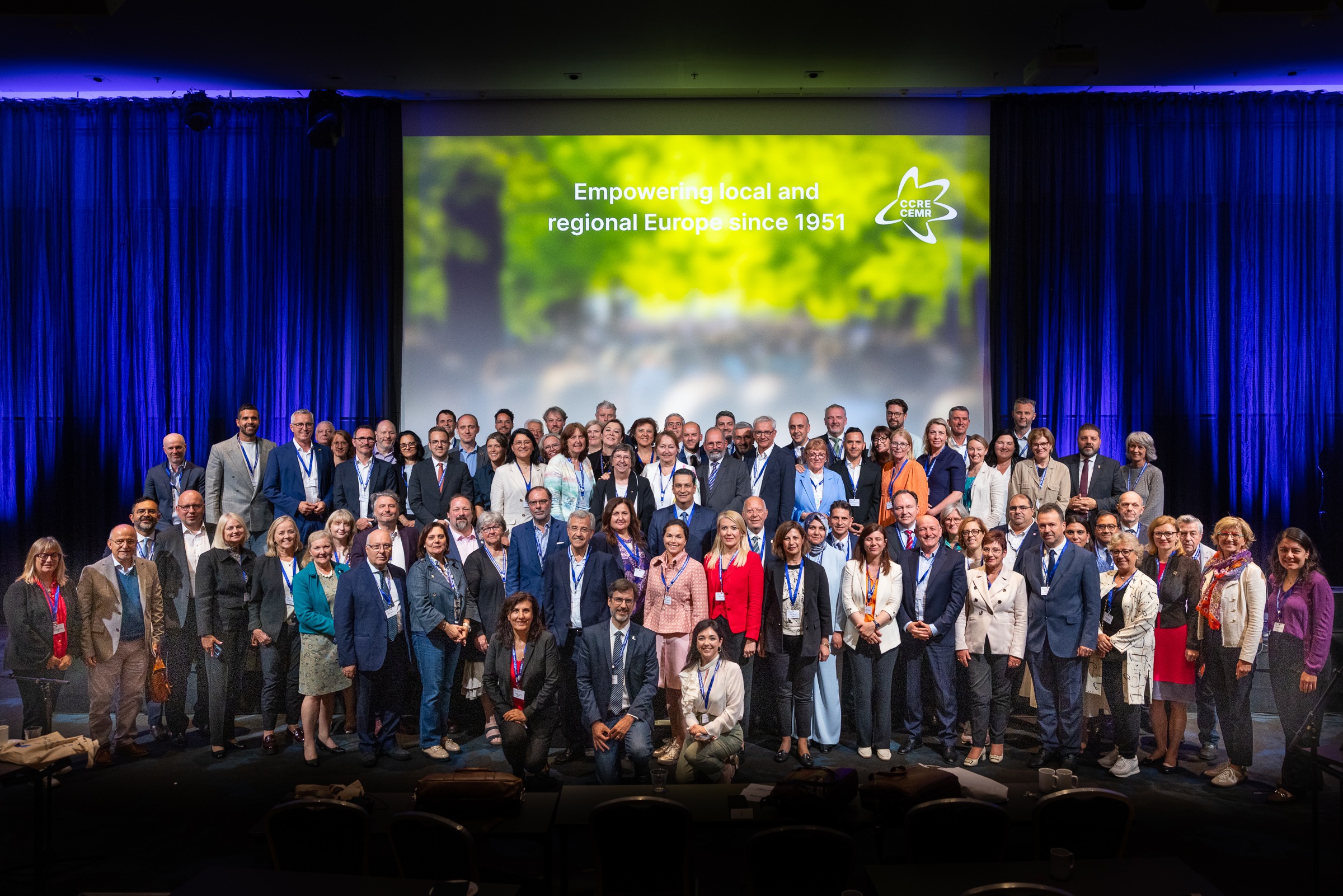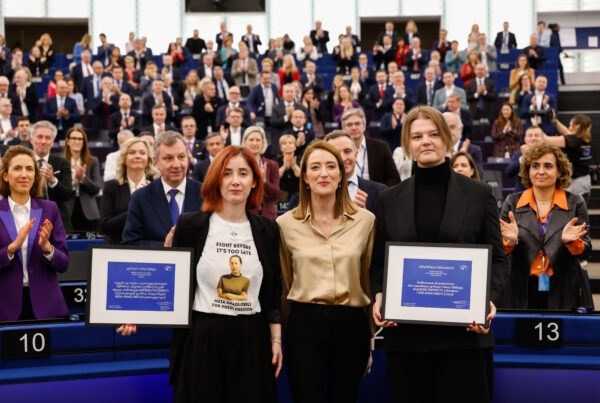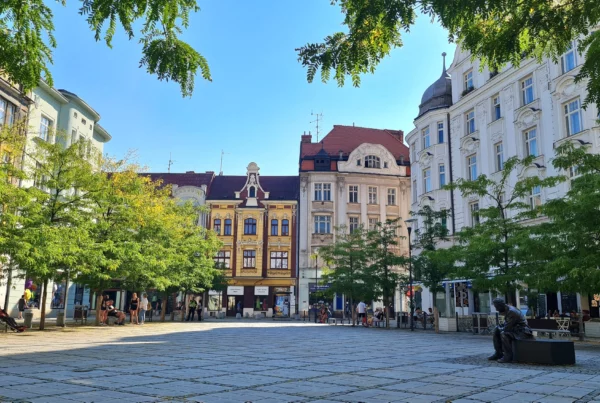Discover how national associations unite and represent Europe’s 100,000 towns and regions
Europe is home to approximately 100,000 municipalities, provinces and regions, each embedded in its national political system yet also interconnected across borders. But who represents them? Who ensures their voices are heard by national and European institutions?
To answer these questions, the Council of European Municipalities and Regions (CEMR) has published a new study delving into the vital but often overlooked world of national associations of local and regional governments.
Since its creation in 1951, CEMR has championed local democracy, subsidiarity and citizen participation. At the heart of this mission are its member associations, 60 in total from 41 European countries, who work every day to represent the interests of towns and regions.
Based on a survey conducted among 58 member associations, the publication sheds light on the structure, function and political weight of these associations, also known as LRGAs (Local and Regional Government Associations).
Organised into five chapters, the report explores:
- Who they represent – the types and numbers of municipalities and regions linked to each association.
- How they are structured – their legal status, governance, staffing and membership models (voluntary or mandatory).
- What they do – including advocacy with national authorities, knowledge sharing, training for elected officials, and support for policy implementation.
- Their legislative influence – assessing how and when they are consulted in national law-making.
- Their European and international role – detailing their involvement in CEMR, the EU institutions and global agendas such as the UN’s Sustainable Development Goals.
The second part of the study offers a country-by-country overview of all member associations, providing a practical “identity card” for each organisation.
This study offers a rare and valuable insight into the backbone of local democracy in Europe: the national associations that bring together municipalities and regions, giving them a common voice. Though often under-recognised, these associations play a vital role in shaping effective governance, ensuring policies are informed by local realities and that decisions taken at higher levels reflect citizens’ everyday needs.
Strengthening the structure, recognition and influence of these associations is more than a technical issue, it’s a democratic imperative. From local services to national reforms and European cooperation, their contribution is essential for building resilient, inclusive and well-governed communities across the continent.
For more information, contact:

Director – Policy & Impact
